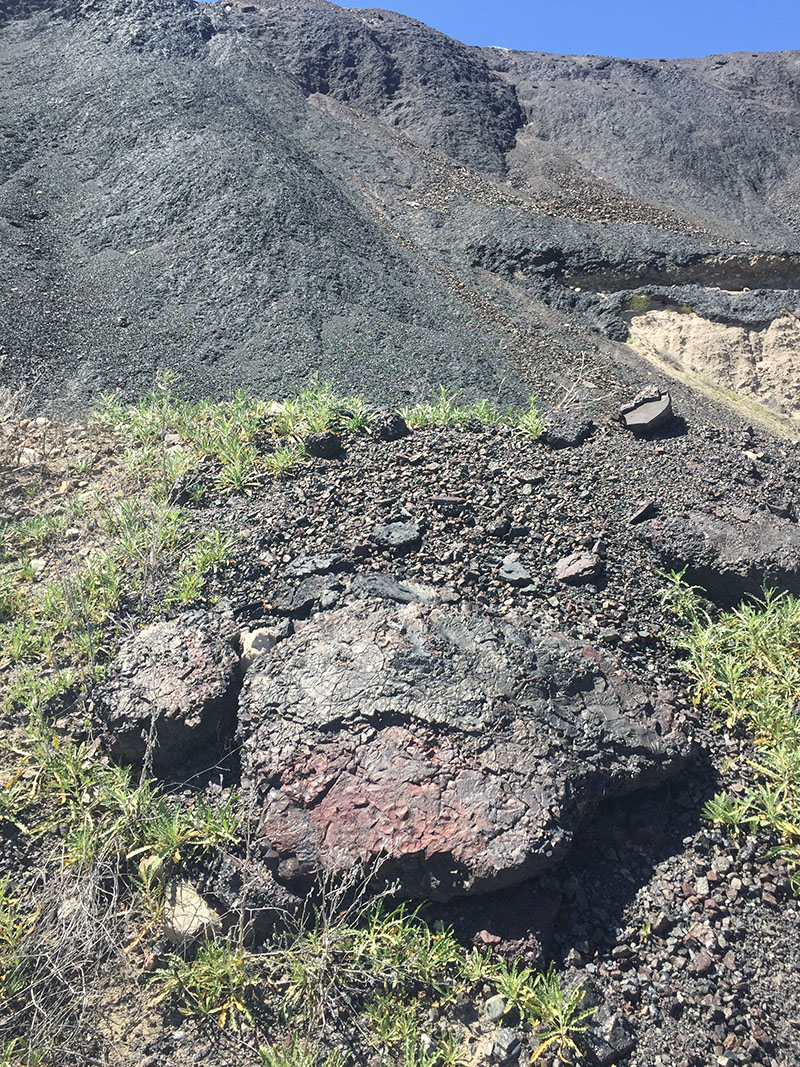
SAMPLE COLLECTION SITE - Gary Foster Photograph
Click on Image for High Resolution Version
COPPER MINE TAILINGS AT MILE MARKER 139 ON STATE ROAD 77, WINKELMAN, ARIZONA |
 |
SAMPLE COLLECTION SITE - Gary Foster PhotographClick on Image for High Resolution Version |
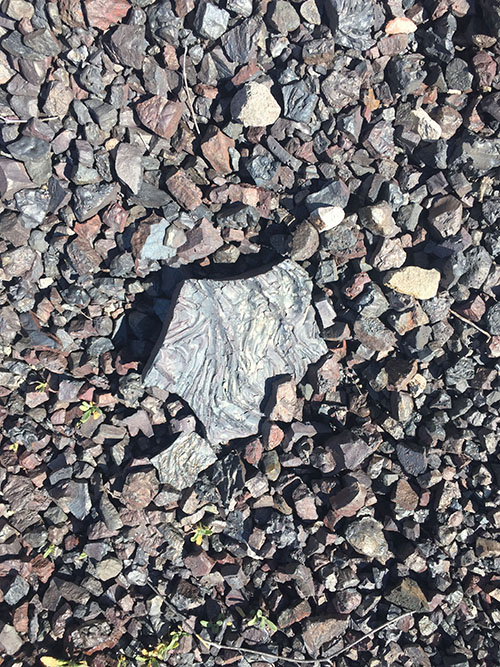 |
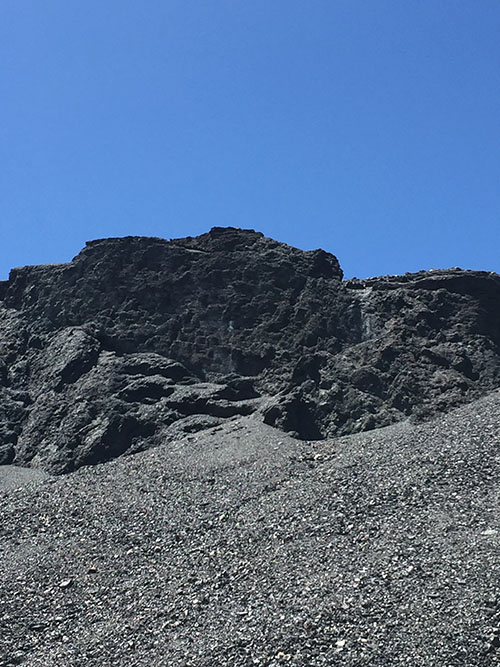 |
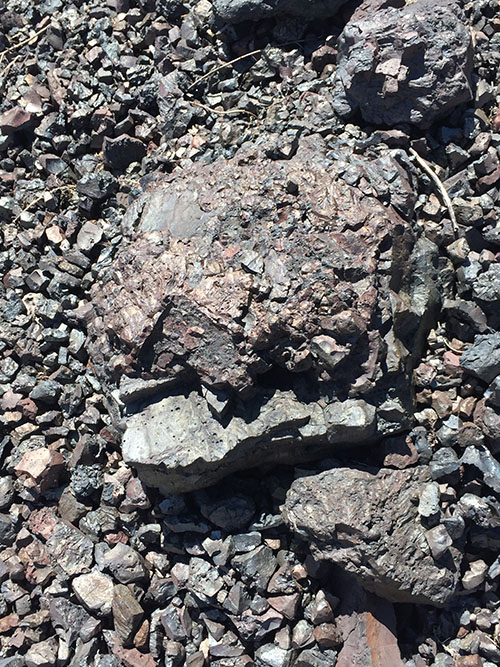 |
COLLECTION SITE OF ROCK SLAB
|
COLLECTION SITE LANDSCAPEClick on Image for High Resolution Version |
SLAG PILEClick on Image for High Resolution Version |
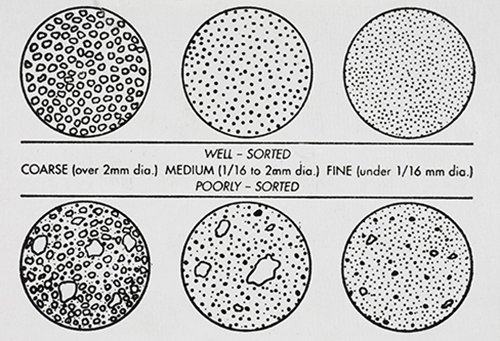 |
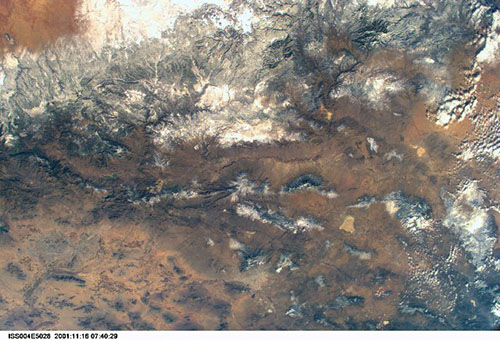 |
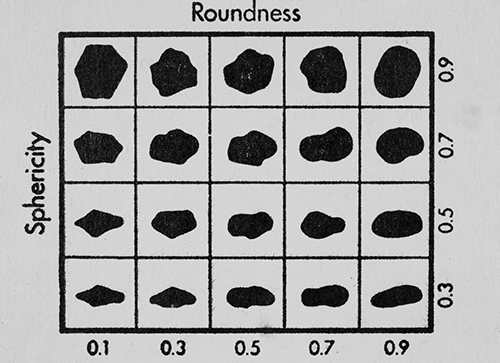 |
GRAIN DISTRIBUTION CHARACTERISTICS (AGI CHART) |
International Space Station 28mm Photograph Image credit: Image Science and Analysis Laboratory, NASA Johnson Space Center | GRAIN SHAPE CHARACTERISTICS(PREPARED BY GAMMA ZETA CHAPTER , SIGMA GAMMA EPSILON, KENT STATE UNIVERSITY - AGI CHART))Roundness is the degree of smoothing due to abrasion of sedimentary particles. It is expressed as the ratio of the average radius of curvature of the edges or corners to the radius of curvature of the maximum inscribed sphere.The sphericity of a particle is: the ratio of the surface area of a sphere (with the same volume as the given particle) to the surface area of the particle. |
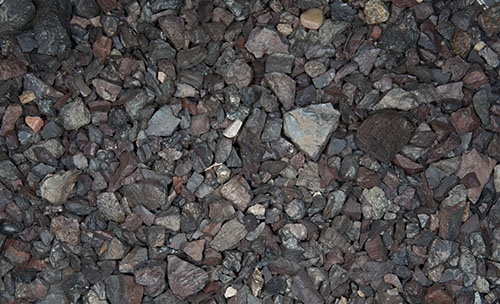 |
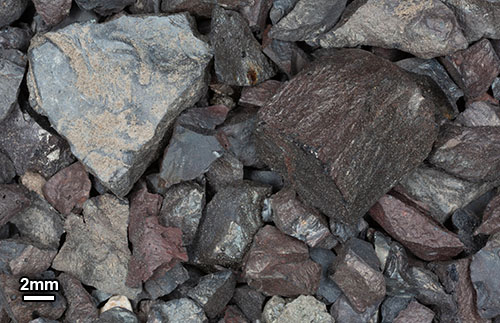 |
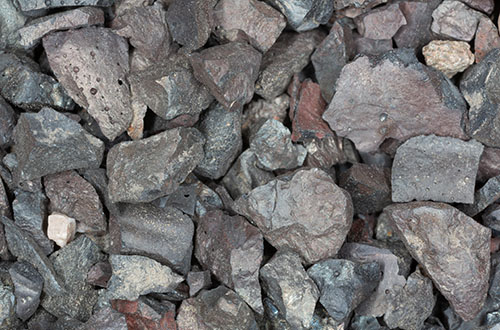 |
0X IMAGE (BACKGROUND IMAGE) |
1X IMAGE |
1X IMAGE |
| Click on Image for High Resolution Version | Click on Image for High Resolution Version | Click on Image for High Resolution Version |
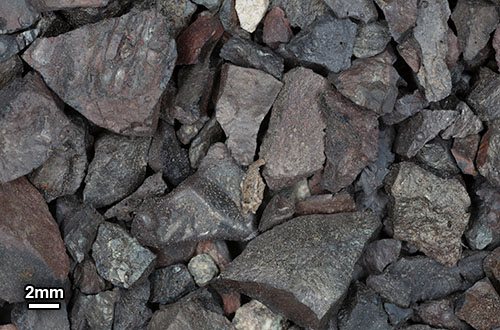 |
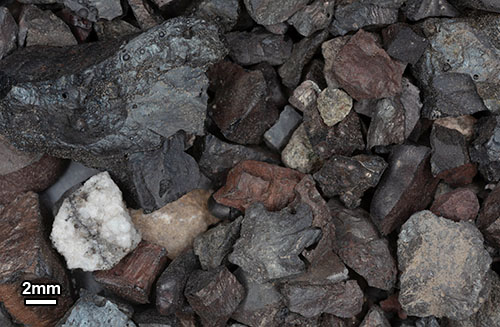 |
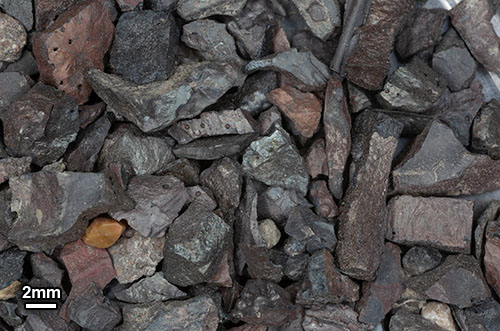 |
1X IMAGE |
1X IMAGE |
1X IMAGE |
| Click on Image for High Resolution Version | Click on Image for High Resolution Version | Click on Image for High Resolution Version |
RETURN TO HOME |
RETURN TO ARIZONA |